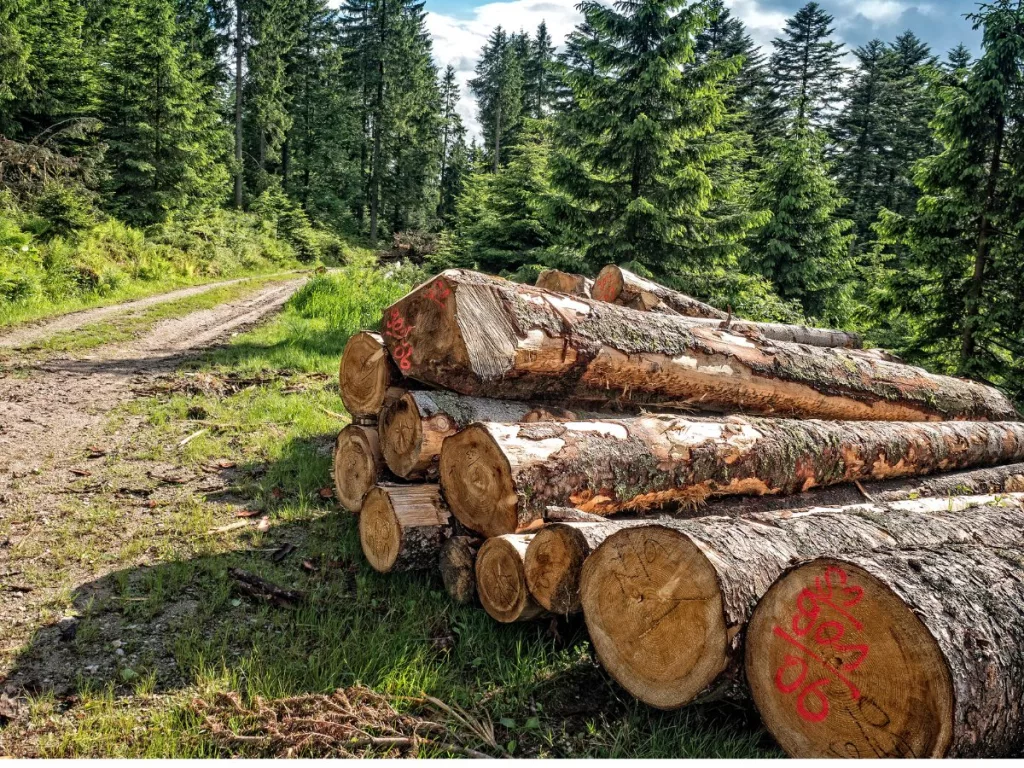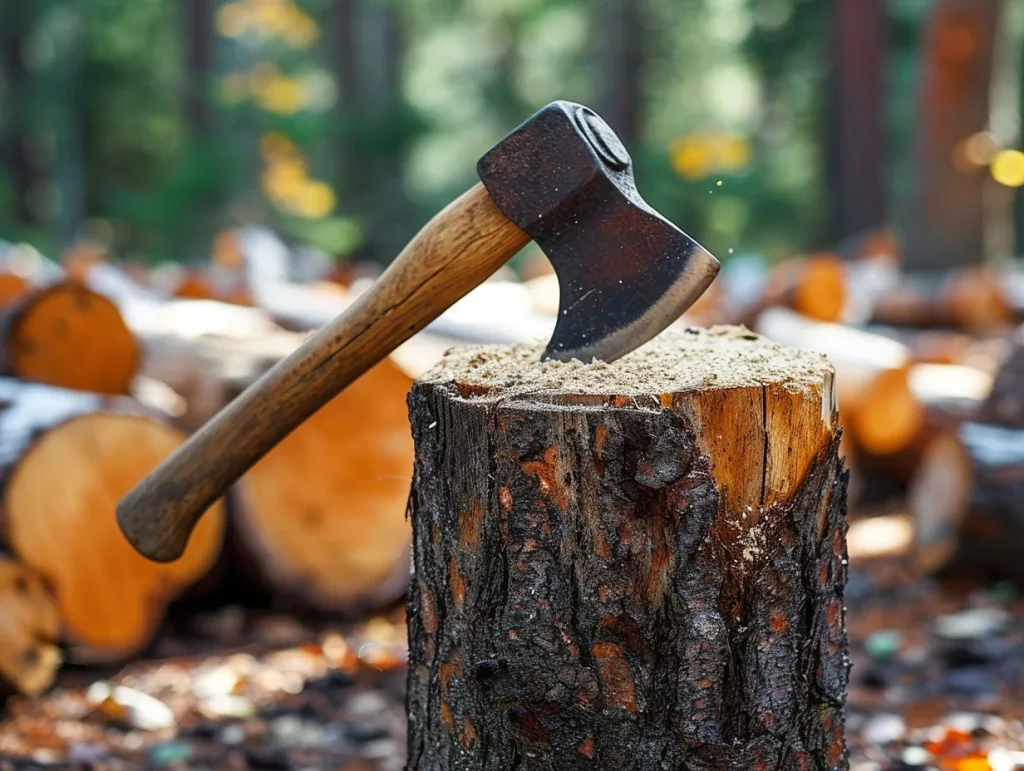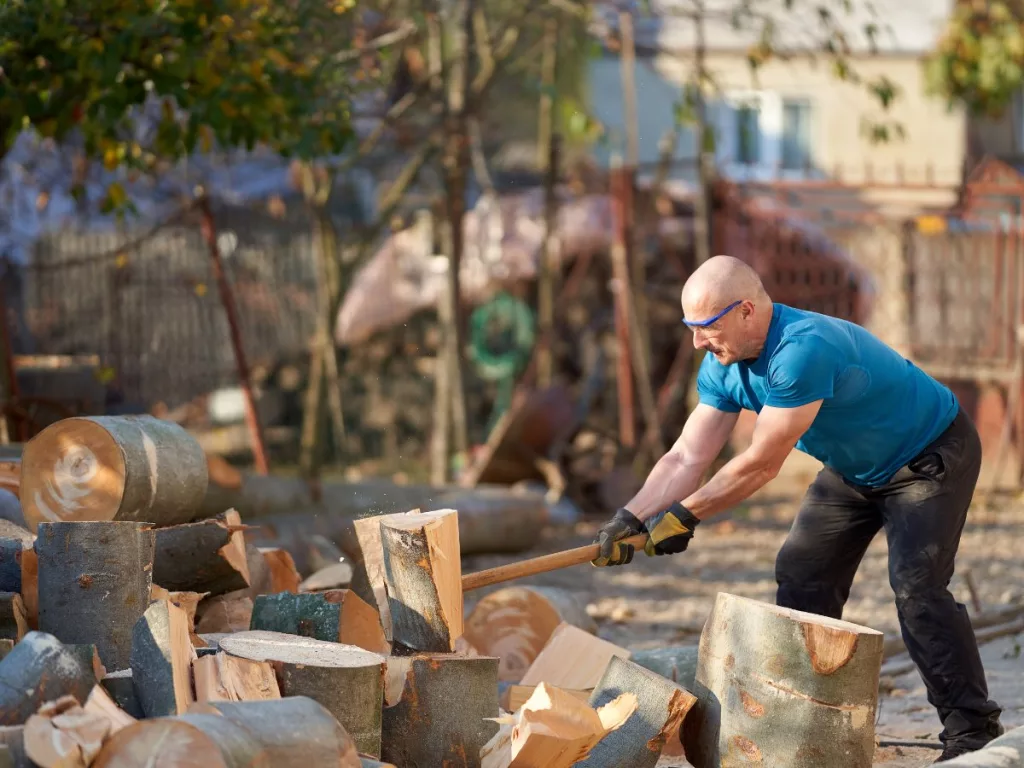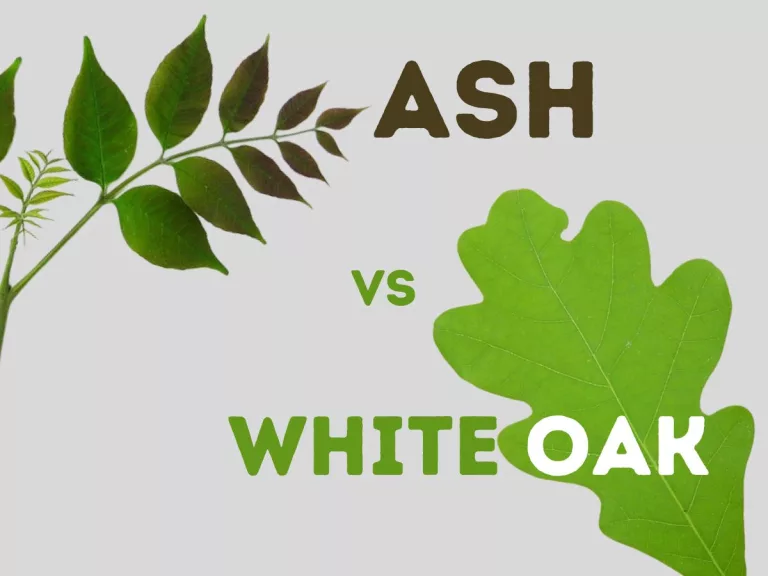Can You Split Green Wood? A Comprehensive Guide to Effective Wood Splitting

Summary
Understanding Green Wood: Learn how green wood’s moisture affects its splitting.
Can You Split Green Wood?: Yes, with the right approach and tools, green wood can be effectively split.
Tools and Techniques: Master the right tools and methods for effective splitting.
Safety First: Prioritize safety with proper gear and a clear workspace.
The Science of Splitting: Grasp how wood’s structure and moisture content impact splitting.
Efficient Splitting Tips: Enhance your technique with sharp tools and strategic strikes.
Expert Insights: Gain valuable knowledge from experienced woodworkers’ advice
Can You Split Green Wood? This is a question many aspiring woodworkers and outdoor enthusiasts ask. In this guide, we’ll explore the techniques and tips for effectively splitting green wood, ensuring you’re well-equipped for this essential skill
Whether you’re a seasoned lumberjack or just starting out, understanding the ins and outs of this skill is crucial. Let’s dive into what makes wood splitting an essential and fascinating craft.
Understanding Green Wood
What is Green Wood?
Green wood is freshly cut wood, still teeming with sap and moisture. Unlike its seasoned counterparts, green wood hasn’t had the chance to dry out, making its characteristics quite unique.

Characteristics of Green Wood in Wood Splitting
When it comes to splitting, green wood behaves differently. It’s more pliable and less prone to shattering compared to dry wood. However, its high moisture content also makes it heavier and sometimes more challenging to split. The key here is understanding the right technique and timing.
The Importance of Wood Splitting
Benefits of Splitting Wood
Splitting wood isn’t just about making it fit into your fireplace. It’s about enhancing the wood’s drying process, increasing its combustion efficiency, and making it safer to burn. Plus, there’s something deeply satisfying about creating those perfect, burn-ready logs.
Impact on Drying and Burning Efficiency
Split wood dries faster and burns more efficiently. By increasing the wood’s surface area, you’re exposing more of it to air, which speeds up the drying process. Dry wood burns hotter and cleaner, making it better for both your stove and the environment.
The Science Behind Splitting Green Wood
The science of splitting green wood reveals a fascinating interplay between nature and technique. It’s not just about wielding an axe; it’s about understanding the unique properties of wood in its freshest form and how they respond to the art of splitting.
How Moisture Content Affects Wood Splitting
The Role of Water in Green Wood
Water in green wood acts as a natural adhesive, holding the wood fibers together. This can make splitting a bit tricky but not impossible. The trick is to use the moisture to your advantage, applying the right amount of force at the right angle.
Comparing Green and Dry Wood
Green wood, with its high moisture content, requires a different approach than dry wood. While dry wood tends to crack and split easily, green wood needs a bit more persuasion. But don’t worry, with a bit of practice, you’ll get the hang of it.
The Physics of Splitting Wood
Force and Resistance
Splitting wood is all about overcoming the wood’s natural resistance. It’s a game of force, angle, and technique. The goal is to apply enough force to overcome the wood’s cohesion and fiber strength, causing it to split along its grain.

How Wood Structure Influences Splitting
Every piece of wood has a unique structure, with grains and knots that dictate how it will split. Understanding these patterns is key to effective splitting. It’s like solving a puzzle – each log has its weak points, and your job is to find and exploit them.
Practical Guide to Splitting Green Wood
Embarking on your wood-splitting journey? Let’s ensure you’re equipped with the right know-how and tools to tackle green wood effectively and safely.
Tools and Techniques
Choosing the Right Tools for Green Wood
Selecting the appropriate tools is crucial. For green wood, you’ll want a sharp, sturdy axe or a maul. The heavier head of a maul can be particularly effective due to the extra force it brings. Remember, the condition of your tool can make or break your wood-splitting experience.

Step-by-Step Guide to Splitting Green Wood
Inspect the Wood: Look for the grain direction and any knots.
Positioning: Place the wood upright on a stable chopping block.
Aim: Target the edge of the wood, not the center.
Swing: Use your legs and hips for power, not just your arms.
Repeat: If the wood doesn’t split on the first hit, reposition and strike again.
Following video shows the process cleanly.
Safety Measures
Essential Safety Tips
Safety can’t be overstated. Always wear protective gear like gloves and safety glasses. Ensure your working area is clear of obstacles and bystanders, especially children and pets.

Common Mistakes to Avoid
Avoid overexertion; let the tool do the work. Don’t swing the axe or maul too high or use it on inappropriate surfaces, as this can lead to accidents or injuries.
Expert Insights and Tips
Interviews with Experienced Woodworkers and Arborists
We’ve talked to seasoned professionals who emphasize the importance of technique over brute strength. They recommend understanding the wood’s nature and adapting your approach accordingly.
Real-Life Examples of Splitting Green Wood
From the forests of the Pacific Northwest to the backyards of New England, we’ve gathered stories and techniques from individuals who have mastered the art of splitting green wood. These case studies not only provide practical insights but also inspire and educate on the nuances of this age-old craft.
Troubleshooting Common Issues
Dealing with Difficult-to-Split Wood
Facing a stubborn log? Check for knots and try to split around them. If the wood is too tough, consider using a wedge and sledgehammer to start a split, then finish with your axe or maul.
Tips for Efficient Splitting
Keep your tools sharp, your strikes accurate, and your form correct. Split larger logs into smaller sections first, and always work with the grain. Remember, consistent, controlled strikes are more effective than random, powerful swings.
Conclusion
We’ve explored the essentials of splitting green wood, from the right tools and techniques to safety and expert insights. Remember, understanding the wood and respecting the process are as important as the physical act of splitting.
Additional Resource
- “The Mechanics of Splitting Wood and the Design of Neolithic Woodworking Tools” by Roland Ennos, J. A. Ventura Oliveira
FAQs
Got questions or hitting a snag in your wood-splitting adventure? Let’s tackle some common queries and challenges to keep you chopping efficiently and safely.
Can All Types of Wood Be Split When Green?
Absolutely! Most wood types can be split when green, but each has its quirks. Softer woods like pine might be easier, while hardwoods like oak require a bit more elbow grease. The key is to understand the wood’s characteristics and adjust your technique accordingly.
How Long Should Green Wood Dry After Splitting?
Typically, split green wood should dry for about six months to a year before burning. This duration can vary based on wood type, size, and environmental conditions. Properly stacked and stored wood dries more efficiently.
is it easier to split green wood?
Generally, it’s easier to split wood when it’s green because the moisture content makes the wood less dense and easier to penetrate with an axe or maul.
Is it better to split wood green or dry?
It’s often better to split wood when it’s green. Not only is it easier to split, but splitting green wood also accelerates the drying process, making the wood more suitable for burning in a shorter time.





